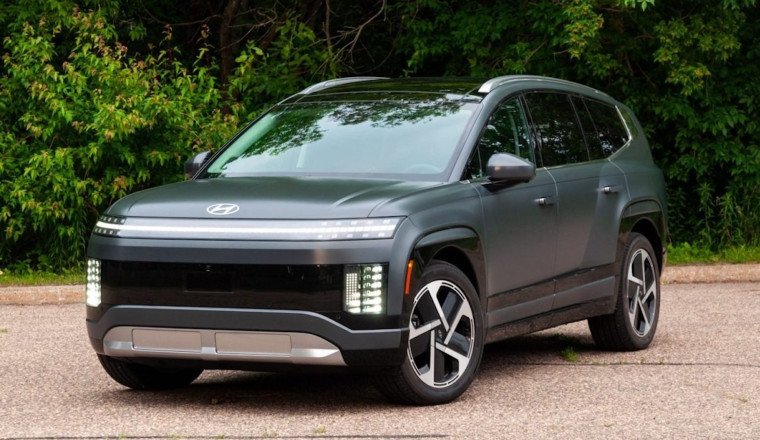
Tesla was born on the premise that it promised the future of transportation, yet somehow we ended up with the Cybertruck. My eyes work, and thankfully, the market has said the Cybertruck is not going to cut it. However, the 2026 Hyundai Ioniq 9 actually looks like a version of the future I was promised. And thinking back, not taking it to Taco Bell now feels like a mistake. Yes, as a child of the ’80s, I grew up with the movie Demolition Man, so the first time I laid eyes on the Ioniq 9, my mind instantly flashed back to that film. It’s as if this electric three-row SUV looked like the future without being ridiculous.
From the Chiclet-like LED lights to its overall shape, it stands out and looks like nothing else on the road. It feels familiar yet new in both look and functionality, and it’s electric with the right amount of range, which is the future. The Sticking Point: It’s not cheap, and it pushes Hyundai into a new pricing bracket.
The Ioniq 9 sits atop the automaker’s U.S. lineup, making it its new flagship. Strip away its metal skin, and you’ll find a Kia EV9 underneath. It’s entirely new and is currently in dealers as an early 2026 model.
The Ioniq 9 is unique-looking, with a few bits that crib from market trends or a certain Swedish automaker’s playbook with new twists. The side profile is a mashup of a low-riding SUV and a station wagon with a pinch of minivan. Up front, Hyundai’s given it a blunt nose with pixel-like vertical headlights and a horizontal DRL pixel bar. Even the turn signals are amber pixels. The raked windshield leads into an attractive greenhouse featuring a not-so-aggressively sloping roofline. It all ends with a rounded rear end featuring a continuous string of LED lights wrapping around the entire rear hatch with some seriously futuristic Volvo vibes. I love it. My wife strongly disliked it, though she stopped short of using the word hate.
Inside, Hyundai rewrites the design book far less, and things feel familiar without being the same. The low-set dashboard features a horizontal theme with a set of 12.3-inch screens housed under a single glass panel. One screen serves as the digital gauge cluster while the other serves as the main infotainment system interface, with a panel-like interface found in other models. Real buttons, toggles, and knobs are spread about the cabin on the steering wheel, center console, and on the center stack—the latter controls the infotainment and climate.
It can be had as a six- or seven-seater with either a second-row bench or captain’s chairs. A 5-foot, 10-inch adult can sit comfortably in all three rows without hitting their head. Third-row occupants will horse trade a bit for legroom with those seated in the second row, but no one will complain about space.
It took just two blocks to notice that the Ioniq 9’s steering was surprisingly heavy. Not nonsense, arm-day heavy, but more like one would expect in an older hydraulic system. In an era of over-boosted, feather-light steering systems, it’s refreshing like a cold lemonade on a hot day. That said, don’t expect much in terms of feedback when going around corners; this is still a three-row SUV and there’s no Porsche badge up front, or even an N one at that.
With 422 horsepower and 516 lb-ft of torque, the Ioniq 9 is quick—especially for a three-row EV—but not exactly fast. The power delivery is linear, and there’s no hint of wheel spin. Putting the pedal to the floor won’t make anyone sick, but it still whacks occupants’ bodies into the seat backs in the way most gas-powered three-row SUVs can’t.
A standout driving dynamic during my weeklong test was the suspension tuning, and mostly for good reasons. The MacPherson strut front and multi-link rear use passive fixed dampers that are shockingly well-tuned. Body motions are almost always controlled and fluid. The bushings almost feel, or I imagine, like they were pulled from a Lexus parts bin from the 90s. The Ioniq 9 shames the Lexus TX’s ride quality, feels far more premium than any Hyundai has a right to, and at first blush, matches that of the sublime Cadillac Lyriq in most ways. The only situation where things got weird was while pulling into my driveway, the self-leveling rear end felt like it jiggled back and forth one too many times, as if it didn’t know what to do with the weight transfer. This situation also presented itself once or twice on a heaving pavement.
Like other Hyundai EVs (and now, unfortunately, hybrids), there are four levels of regenerative braking controlled via the paddle shifters. Levels zero through three provide increasing levels of regenerative braking, and the car will retain the chosen setting after you power-cycle it. Level four, which Hyundai brands i-Pedal, is the true one-pedal driving experience. However, this setting is not retained after power-cycling the Ioniq 9, meaning that one-pedal driving has to be re-engaged each and every time you get behind the wheel. Highly annoying.
The low-set dashboard provides a fantastic view forward, giving the Ioniq 9 better forward visibility than the Kia EV9. The hood, which isn’t flat, crimps the visibility a smidge compared to the Hyundai Santa Fe, which also has terrific forward visibility due to its low-set dash and flat hood. Rear visibility is interesting and unlike almost anything else driven in recent memory due to the shape of the rear end, but it’s not bad. Looking back in the rearview mirror and seeing a rounded rear window is unusual and different than the typical square piece of rear glass.
The base Ioniq 9 S comes standard with a single motor and rear-wheel drive for $60,555, including a $1,600 destination charge. It’s equipped with a heat pump for its HVAC system (increasing efficiency), LED lighting, rain-sensing wipers, dual-zone automatic climate control, wireless Apple CarPlay and Android Auto, power features, heated front seats, an eight-way power driver’s seat, and a wireless phone charger.
Stepping up to a dual-motor SE AWD model costs $64,365, and an SEL AWD model costs $67,920. The latter probably hits the sweet spot with everything from a surround-view camera and parking sensors to heated and cooled front seats, in addition to heated second-row outboard seats.
The Performance Limited AWD I tested checked in at $74,300 thanks to optional $1,000 matte paint, charging adapters, and carpeted floor mats. Notably, this well-equipped model has heated and cooled rear seats, which my children were thrilled about after sweating at soccer practice, along with tri-zone automatic climate control. The panoramic sunroof let light into the cabin, and the second-row captain’s chairs kept the kids from touching each other—almost.
At $76,590, the Performance Calligraphy AWD trim swaps in real aluminum trim in the cabin, increases the already generous use of soft-touch materials, Calligraphy-specific front and rear facias, and a suede headliner.
It gets even more expensive. The top-shelf, $78,390 Performance Calligraphy Design AWD gets 21-inch turbine-design wheels and unlocks extra matte paint color options, but also seems extremely expensive.
The price bracket this Hyundai is playing in pits it against the Audi Q6 E-Tron and Cadillac Lyriq. Interestingly, the Ioniq 9 is a better family vehicle than those two EVs, with more space and three rows of seats. The Ioniq 9’s interior and exterior design are more interesting to look at and easier to use than the Audi’s. Though the Cadillac Lyriq is a winner in its own right as a rolling design statement, it can only seat five.
Base Ioniq 9 S models have a single-motor powertrain driving the rear wheels, producing a meager 215 hp and 258 lb-ft of torque for 335 miles of EPA-rated range. It’s the range king. Stepping up to the SE and SEL AWD dual-motor models adds an electric motor to the front axle for a combined output of 303 hp along with 320 miles of EPA-rated range. The nicer, and more powerful, Performance Limited AWD model tested, along with top-shelf Performance Calligraphy AWD and Performance Calligraphy Design AWD models, up output from the dual-motor powertrain to 422 ponies. EPA-rated range checks in at 311 miles for the most powerful Ioniq 9 models.
Based on Hyundai’s E-GMP skateboard platform, like the Ioniq 5 and Ioniq 6, the Ioniq 9 is future-proof with an 800-volt electrical architecture. Notably, something the Cadillac Visitiq three-row luxury SUV lacks. This means the Ioniq 9 can charge quickly at Level 3 fast chargers, with Hyundai noting a 10% to 80% time of 24 minutes with a CCS adapter on a 350-kW charger. The CCS adapter is notable because the Ioniq 9 is one of the first non-Tesla vehicles to market with a NACS plug, meaning it has the same charge port as a Tesla. The 110.3-kWh battery will need 9 hours and 40 minutes to go from 10% to 80% on a Level 2, 240-volt charger. Despite driving 287 miles over a week, I had zero problems keeping plenty of charge with just a 110-volt Level 1 charger and never dropped below 55% charge.
After 287 miles of suburban driving, the Ioniq 9 averaged 2.7 m/kWh. Respectable, though not groundbreaking in terms of efficiency. That would translate to a real-world range of 297 miles of range, which is darn close to the as-tested EPA range rating of 311 miles. Surely, I could’ve been more efficient in my driving.
The Ioniq 9 is by no means a smokin’ deal, but I’d rather live with it than the Kia EV9 on design alone. And it’s a better value and design proposition, not to mention easier to live with than the Audi Q6 E-Tron.
For buyers needing a family-focused EV, especially with three rows, the 2026 Hyundai Ioniq 9 is now the player to beat, as long as towing and off-road prowess aren’t a requirement.
The 2026 Hyundai Ioniq 9 leads the family-friendly, three-row EV pack.
Car Buying Service






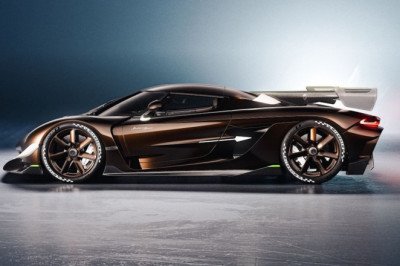

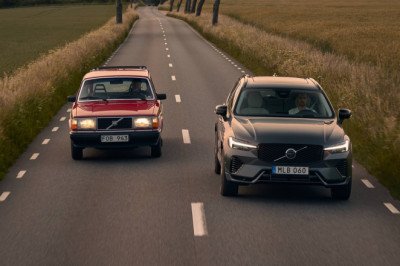
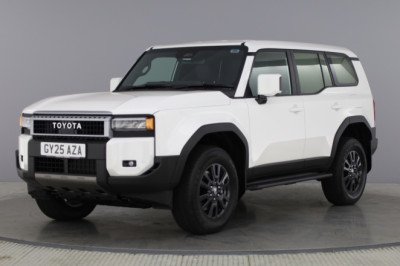
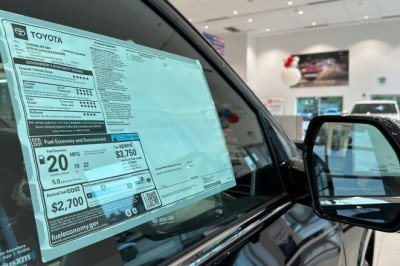




Facebook Conversations